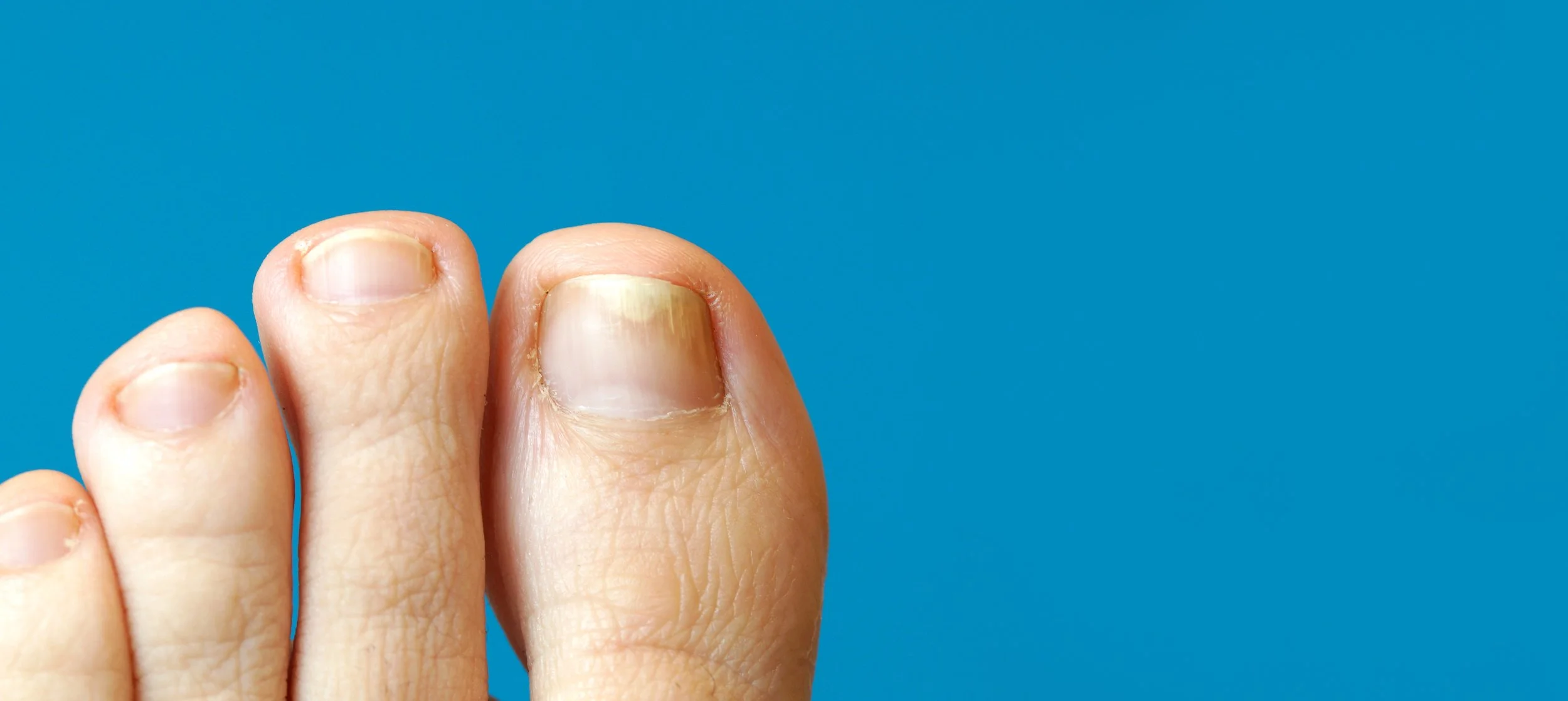Nails are a vital part of our body and can reveal important information about our health. Changes in the appearance of our nails, such as discoloration or thickening, can indicate various underlying health issues. Here are some of the most common reasons why nails can appear discolored or thickened:
Fungal infections: Fungal infections such as onychomycosis can cause discoloration, thickening, and separation of the nails from the nail bed. These infections are commonly found in toenails and can be treated with antifungal medications.
Nutritional deficiencies: Nutritional deficiencies, such as anemia or iron-deficiency, can cause nails to appear pale, white or yellow. A lack of biotin or other vitamins and minerals can also result in brittle, thin nails.
Infections: Bacterial or viral infections can cause discoloration, thickening, and separation of the nails from the nail bed. For example, a condition called paronychia is a bacterial infection that affects the skin surrounding the nails, causing redness, swelling, and pain.
Systemic diseases: Certain systemic diseases, such as psoriasis, diabetes, liver disease, or kidney disease, can result in discoloration, thickening, and ridges in the nails.
Trauma: Injuries to the nails, such as frequent manicures or physical trauma, can cause discoloration and thickening of the nails.
Certain medications: Certain medications, such as antimalarials or chemotherapy drugs, can cause changes in the color and thickness of the nails.
It is important to consult a dermatologist if you notice any changes in the appearance of your nails. The team of experts at Lumos Dermatology® can diagnose the underlying cause of your nail problems and provide effective and personalized treatment options. Contact Lumos Dermatology® to schedule an appointment and learn more about your options.

